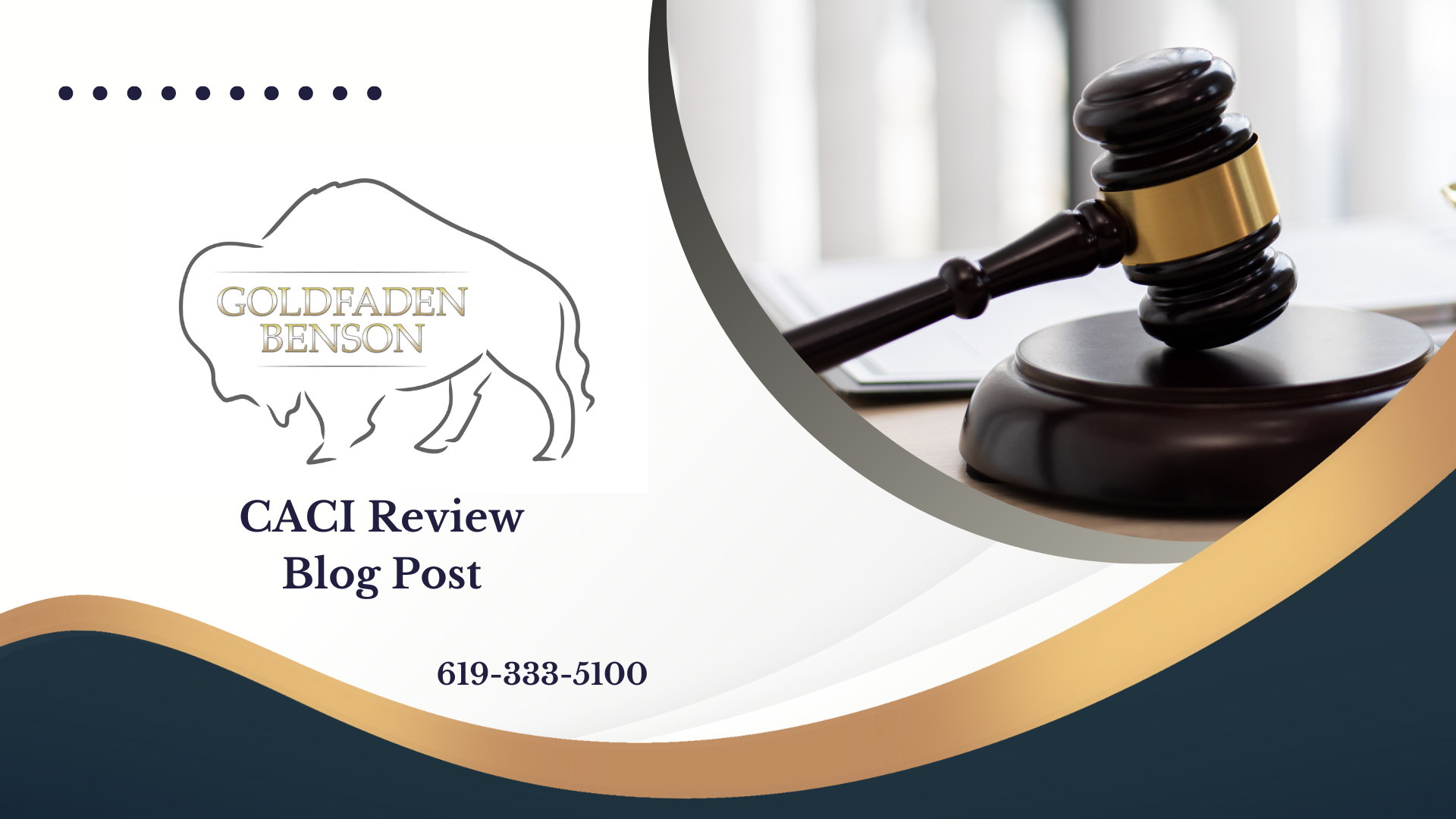Title: Understanding Negligence in Personal Injury Cases
In personal injury law, one fundamental principle is negligence. When individuals are harmed due to someone else's actions (or lack of actions), the concept of negligence often comes into play. To establish a claim of negligence, specific elements need to be proven.
The essence of negligence law is about accountability. Imagine a scenario where a driver runs a red light and consequently causes an accident, injuring another motorist. In such a case, the injured party can assert a claim based on negligence.
### What Needs to Be Proven for Negligence?
According to California Civil Jury Instructions (CACI), to successfully prove negligence, a plaintiff must establish the following four essential elements:
1. **Duty of Care**: The defendant must have had a legal obligation to act with a certain standard of care toward the plaintiff. In our earlier example, the driver had a duty to obey traffic laws, including stopping at red lights.
2. **Breach of Duty**: The plaintiff needs to show that the defendant breached this duty. This means demonstrating that the defendant's actions fell short of what a reasonable person would have done under similar circumstances. For instance, running a red light can be considered a breach of duty.
3. **Causation**: This element requires proof that the defendant's breach was a substantial factor in causing the plaintiff’s harm. In our case, the driver’s negligence (running the red light) must directly connect to the injuries suffered by the other motorist.
4. **Damages**: Finally, the plaintiff must have suffered actual damages as a result of the defendant's negligence. This can include physical injuries, emotional distress, or financial losses stemming from the incident.
### A Real-Life Scenario
Consider a family going for a walk in their neighborhood. If a car speeds down the commercial lane and narrowly misses them because the driver is distracted by their phone, they could argue that the driver acted negligently. They would show that the driver had a duty to drive safely, that they breached that duty by not paying attention, and that their inattention resulted in a dangerous situation, causing fear or anxiety to the family.
### Why This Matters
Understanding these elements is crucial for anyone dealing with personal injury claims. The more clearly you grasp negligence, the better equipped you'll be to assess and navigate these legal waters. Many claimants find the legal system daunting, which is why having knowledgeable professionals by your side can make a difference.
For individuals seeking assistance with personal injury claims, reaching out to knowledgeable attorneys can simplify complex matters and improve your chances of a favorable outcome. If you think you might have a case or require specific insights based on your circumstances, don’t hesitate to contact Goldfaden Benson for guidance.
In conclusion, establishing negligence requires a clear understanding of the duty of care, breach of that duty, causation, and damages. Equipped with this knowledge, you can approach personal injury law with confidence.
If you have any questions about negligence or need professional advice regarding a personal injury case, please reach out to our team at Goldfaden Benson. Your well-being matters, and we are here to help.

